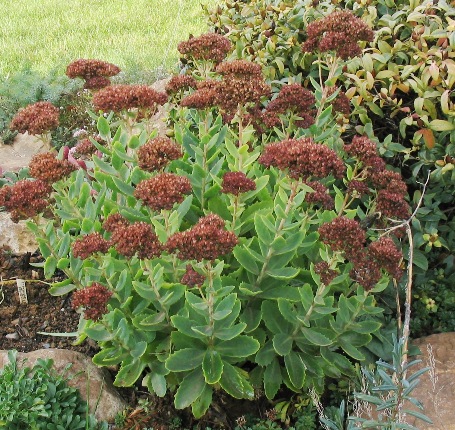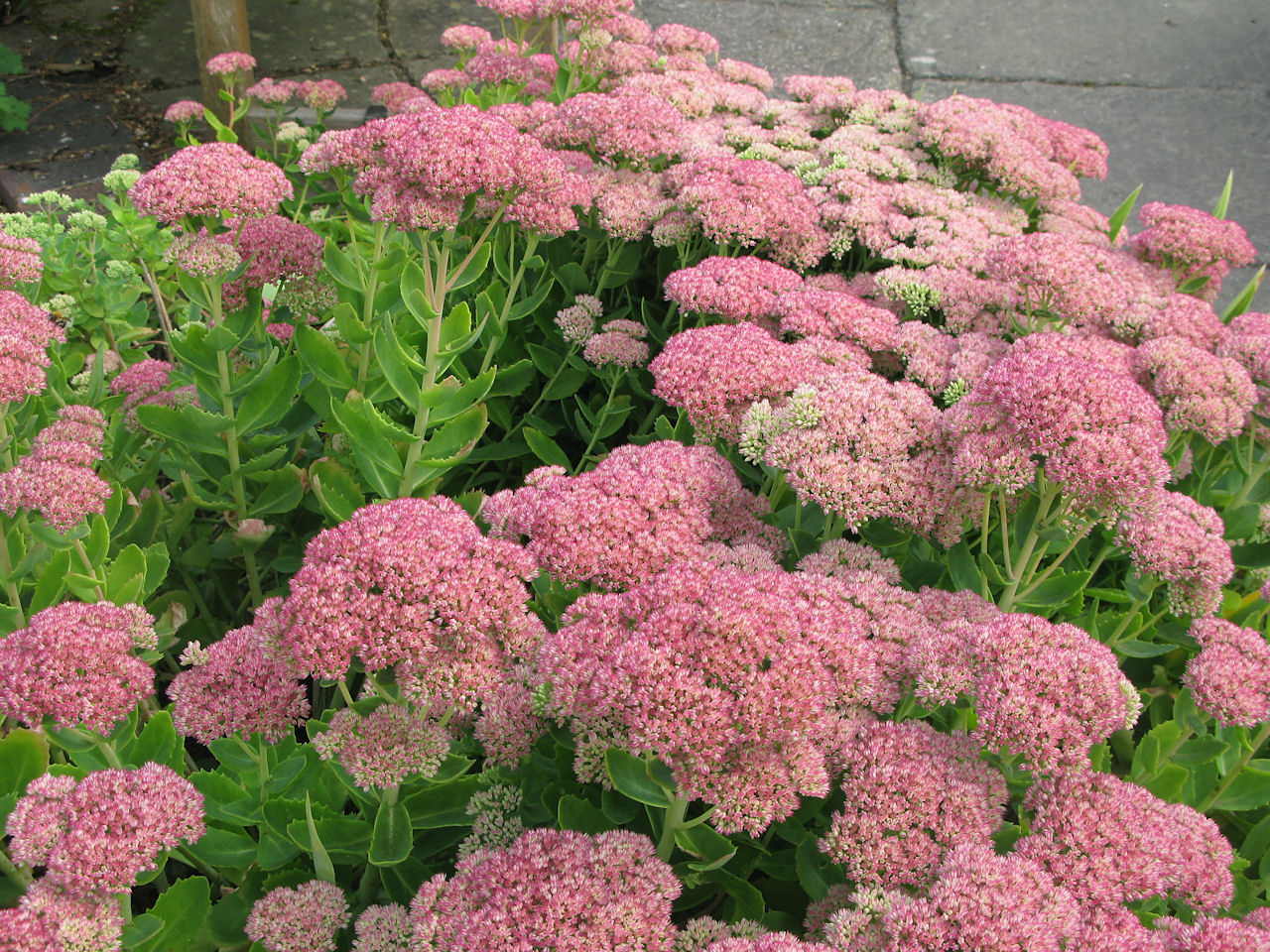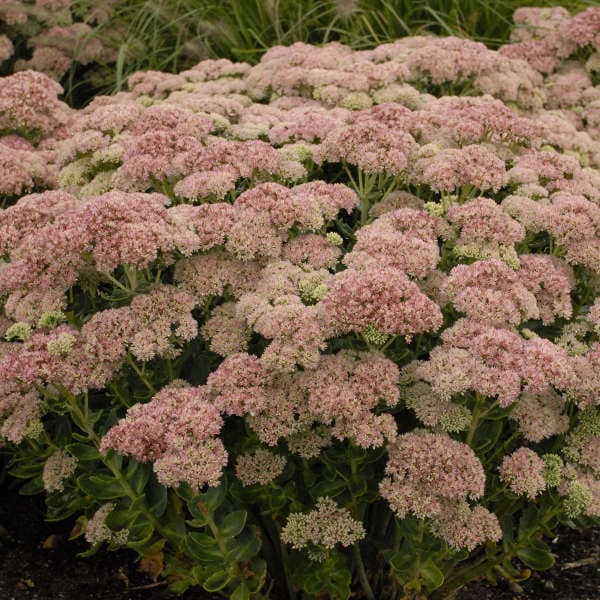
This can cause water to pool at the base of the plant during each rain. It is essential with sedums not to plant the plant too deep.

They store water in their fleshy leaves, allowing them to survive in periods of extended drought.
#AUTUMN JOY SEDUM SUN REQUIREMENTS FULL#
If grown in shaded areas, sedums may not flower as vigorously as those grown in full sun. Sedums will tolerate some afternoon shade, be sure that sedums get 4 to 6 hours of full sun. Ground Rules LightĪll sedum varieties thrive in full sun. We always say that "Sedums will grow where others will not," making this a plant that thrives on neglect. Creeping sedums come in a myriad of colors, from red and yellows to soft blues and greens.īoth types of sedums thrive in dry conditions where other plants may not grow. Trailing sedums, like Sedum fuldaglut, are excellent choices for rock gardens as they will meander over larger stones and outcroppings. Many gardeners also use sedums to soften the edges of raised beds or container plantings. They grow well with other perennials and are often seen with other perennial plants growing up through the mats of colorful foliage. This gives the sedum the ability to create winter interest, and the flower heads look great with a covering of snow.Ĭreeping Sedums: The creeping sedum types can often be seen covering large areas in the garden. Upright Sedum, like Sedum Autumn Joy Sedum, begins flowering in the late summer, and the flowers remain upright through the winter. They can reach heights of up to 2 feet when in flower, and the succulent leaves have a pleasing blue-green color which can be used to cool warmer colors like the red coloration of heuchera leaves. Upright Sedums: The upright or clumping sedums are best used in the middle layer of a good landscape design. Creeping sedums are not considered invasive and can often be used as a ground cover in rock gardens or sunny mixed gardens Choosing the Best Sedum varieties for your Landscape The spreading sedums spread through growing roots on the stems when they come into contact with the ground.


The clumps do increase in size year after year, producing more and more flowering stems each spring. Upright sedums do not spread like creeping sedums. Upright sedums or upright sedums hold their flowers atop strong upright stems, and creeping sedums trail along the ground or hang down over the edges of containers and can often be seen acting as "spillers" in mixed containers. Perennial sedums come in two distinctly different forms. Sedum plants or Stonecrops are succulent plants that have found their way into the American landscape.


 0 kommentar(er)
0 kommentar(er)
